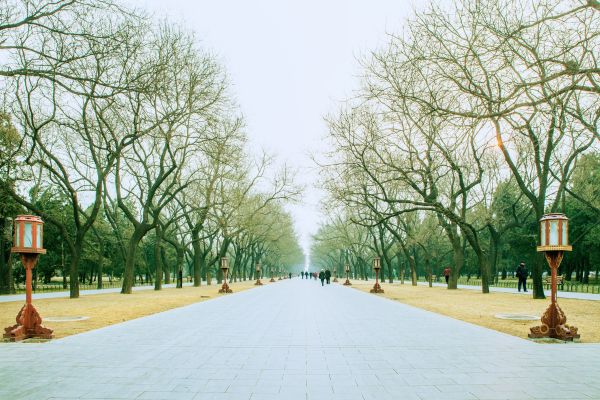
Click here to learn more about Case system in Chna.
For Chinese judges, discovering similar cases is an unfamiliar and challenging task.
However, the Guiding Case System(指導性案例制度) and the Similar Case Retrieving System(類案檢索制度) established respectively in 2010 and 2020 have required them to face up to this task.
In 2010, China’s Supreme People’s Court (SPC) established the Guiding Case System, requiring judges to render judgments with reference to the main points of the relevant Guiding Cases in terms of basic facts and legal application.
In 2020, the SPC established the Similar Case Retrieving System, requiring the judges to retrieve the similar cases that “have similarity in terms of facts, issues, and the application of law” with the pending case, and to decide whether to make a judgment by reference to a similar case.
Since the Chinese legal system is mostly composed of statutory law and lacks the case law culture, Chinese judges have few experiences in analogy method. Therefore, for the past decade, courts at all levels (including the SPC) have been exploring systematic methods to discover similar cases.
However, up to now, there is still no clear answer. And the Similar Case Retrieving System in 2020 raises even more urgent needs for an effective method.
An article published by Justice Yu Tongzhi (于同志) of the SPC in 2013 elaborated on his idea to decide that “basic facts are similar”, which may help us understand how Chinese judges think about this issue.
The main views of the article are summarized as follows.
When judges render judgments by reference to the Guiding Cases, the first step is to discover the most similar Guiding Case to the pending one from those Guiding Cases applying the same statutory provisions. This requires judges to compare the facts in the pending case and the Guiding Cases to determine their similarity.
Only when the necessary facts of the pending case and the Guiding Case satisfy the following two basic conditions, can they be considered similar:
(1) All necessary facts of the pending case are consistent with the necessary facts determined by the Guiding Case; and
(2) The other differences between the pending case and the Guiding Case are not sufficient to exclude or overturn the above-mentioned statutory evaluation.
These conditions clarify how to determine the similarity of necessary facts from both affirmative and negative aspects.
If, after comparison, the necessary facts between the pending case and the Guiding Case met the two basic conditions, the facts of the two cases may be considered similar. The Judges may apply the rules clarified in the Guiding Case on how to apply certain legal provisions in the pending case similar to such Guiding Case.
Clearly, the crux of the matter is the “necessary facts” as mentioned earlier, which refer to certain facts that judges must rely on to make conclusions on the key points or disputed issues of the case according to law. The pending case shall be similar to the Guiding Case in terms of necessary facts, but they do not have to be similar in terms of all facts.
From a practical point of view, it is often difficult to completely match the facts of pending cases with the necessary facts of specific Guiding Cases. At this time, the judges need to reduce or expand the scope of the necessary facts at their discretion, so as to find as many comparison points as possible between the two cases.
If the facts of the pending case are similar to two or more Guiding Cases, the judges need, at their own discretion, to choose the one that has the same facts or the one has the highest similarity to the pending case as a reference.
Therefore, it depends highly on a judge’s own decision to determine the comparison points and the similarities between facts of cases.
In this situation, the judges need to comprehensively consider the necessary facts of the two cases and other aspects, such as the legal relationship reflected in the case, the purpose of litigation behind the case, the rationale for judgment, the social environment at the time, the social effects of the judgment, the analysis of the facts, the latest academic results, and relevant legal provisions.
According to Justice Yu Tongzhi’s viewpoint, judges must employ the discretionary power when selecting a similar case. However, the Guiding Case System and the Similar Case Retrieving System are, in many ways, designed to restrict judges’ discretion in interpreting the law. This points to a paradox of these systems, which the SPC may need to solve in further exploring the systems.
Photo by Ferdinand (https://unsplash.com/@ferdinand_feng) on Unsplash
Contributors: Guodong Du 杜國棟 , Meng Yu 余萌









